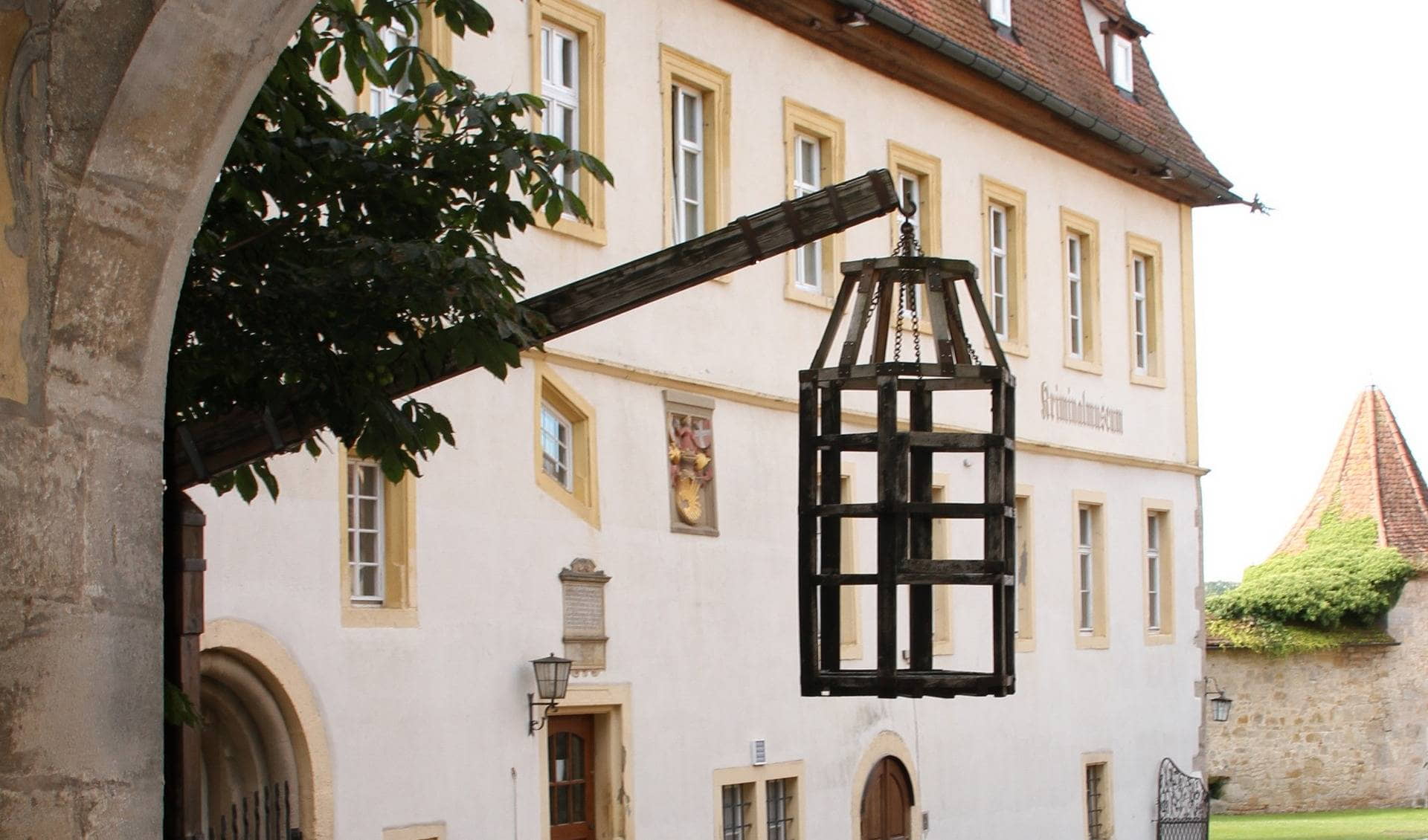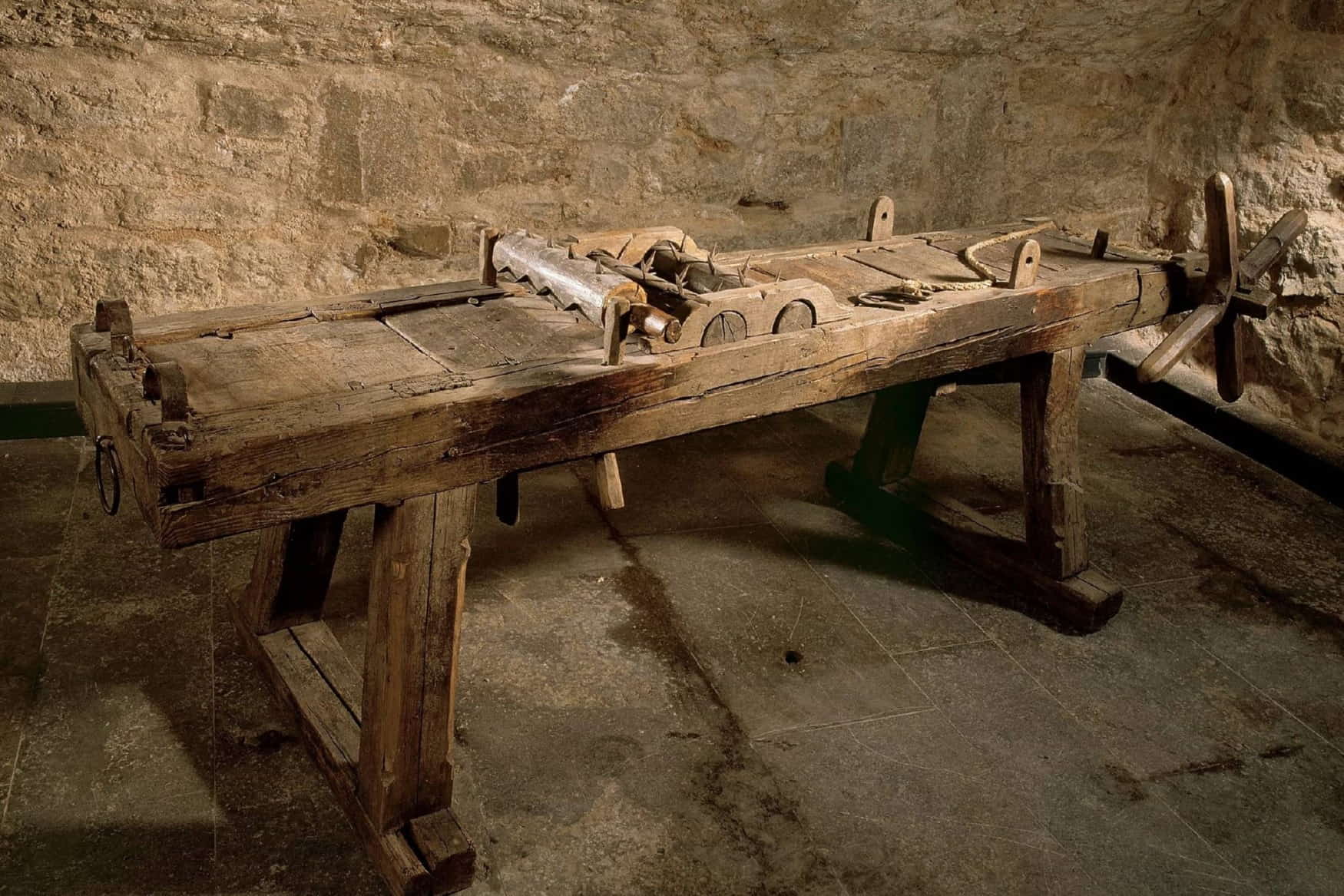Step into the fascinating world of medieval justice at the Medieval Crime and Justice Museum in Rothenburg ob der Tauber, Bavaria. This unique institution offers an unparalleled glimpse into Europe's legal proceedings and criminal history over the past millennium. Housing over 50,000 artifacts, it is one of Germany's most significant legal museums. The Medieval Crime and Justice Museum Rothenburg invites visitors on a captivating journey through time, exploring the evolution of law from the High Middle Ages to the 19th century. From torture instruments to civil policy orders, this museum provides a comprehensive and thought-provoking look at how justice was administered in bygone eras.
Highlights
- Extensive collection of medieval torture devices and execution tools
- Detailed exhibits on witch hunts and Martin Luther's perspective
- Interactive displays showcasing the evolution of European legal systems
Contents
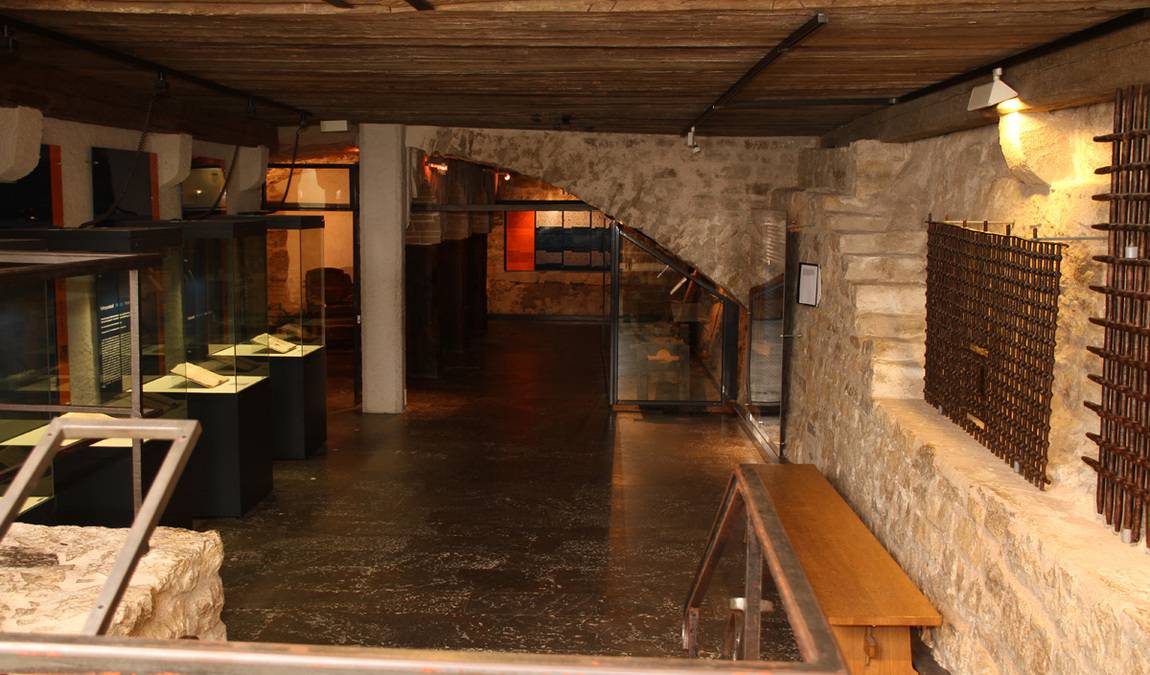 Photo: kriminalmuseum.eu
Photo: kriminalmuseum.eu
Here is Why Your Kids Will Find it Interesting
The Medieval Crime and Justice Museum Rothenburg is worth visiting with kids, especially those aged 10 and up, as it offers a unique blend of history and intrigue. Young minds will be captivated by the dramatic stories of medieval crime and punishment, bringing history to life in a way textbooks never could. The museum's interactive displays and vivid exhibits spark curiosity about past societies and legal systems. Children will find the historical wanted posters and tales of bounty hunting particularly engaging, offering a real-world connection to the adventure stories they love.
Family-friendly features
- Age-appropriate guided tours for children
- Interactive exhibits allow hands-on exploration of historical artifacts
- Educational worksheets and activities for young visitors
The Museum's History and Setting
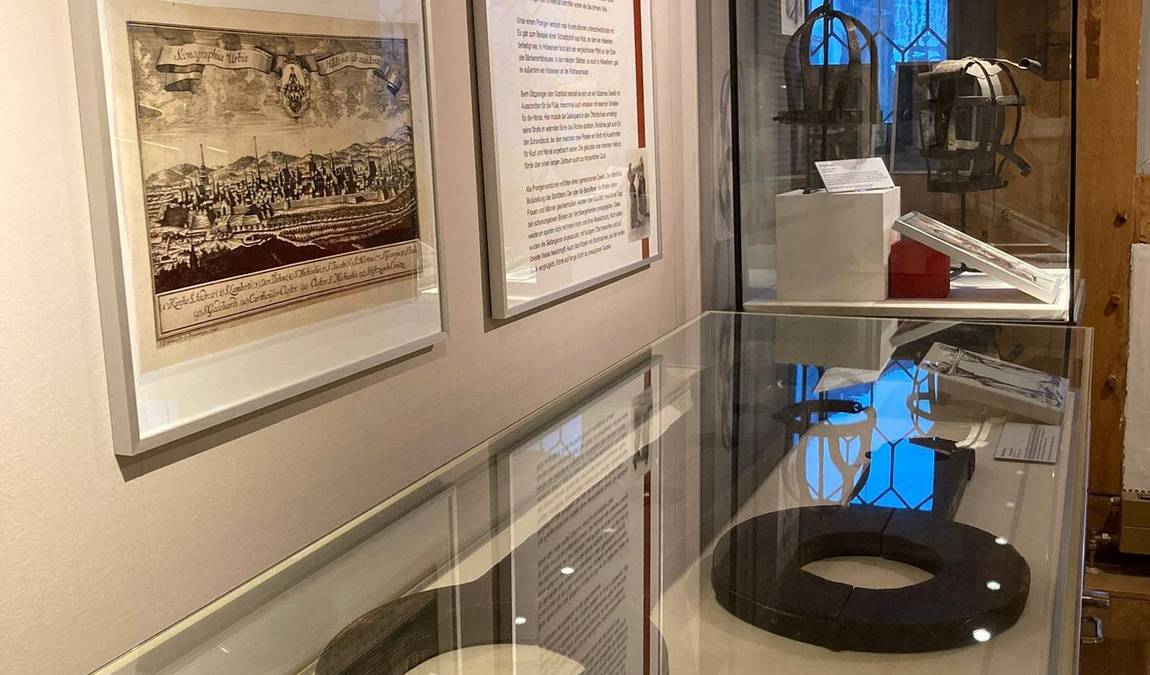 Photo: facebook.com/kriminalmuseum
Photo: facebook.com/kriminalmuseum
The Medieval Crime and Justice Museum is housed in the former Rothenburg Johanniterkomturei, constructed between 1393 and 1410. This historic structure, later remodeled in the Baroque style in 1718, provides the perfect backdrop for the museum's extensive collection. Initially serving as a monastery and courthouse, the building's rich history adds authenticity to the exhibits.
Since its establishment, the museum has become a cornerstone of legal history education in Germany. Its collection has expanded over the years, boasting over 50,000 items offering insight into medieval law and justice complexities.
Exhibits and Displays
Torture Devices and Punishment Methods
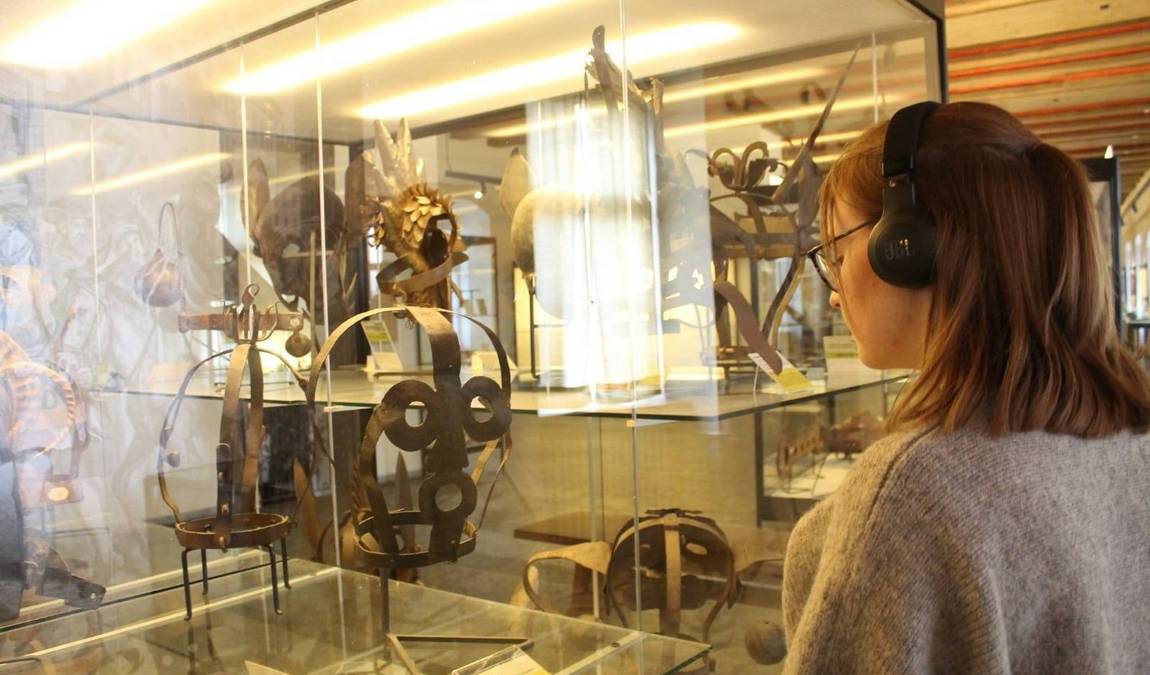 Photo: facebook.com/kriminalmuseum
Photo: facebook.com/kriminalmuseum
The museum houses a chilling array of medieval torture instruments, including:
- The infamous iron maiden
- Stretching racks
- Thumbscrews
- Shame masks and pillories for public humiliation
These exhibits provide a stark reminder of the brutal methods once used to extract confessions and punish criminals.
Legal History and Documentation
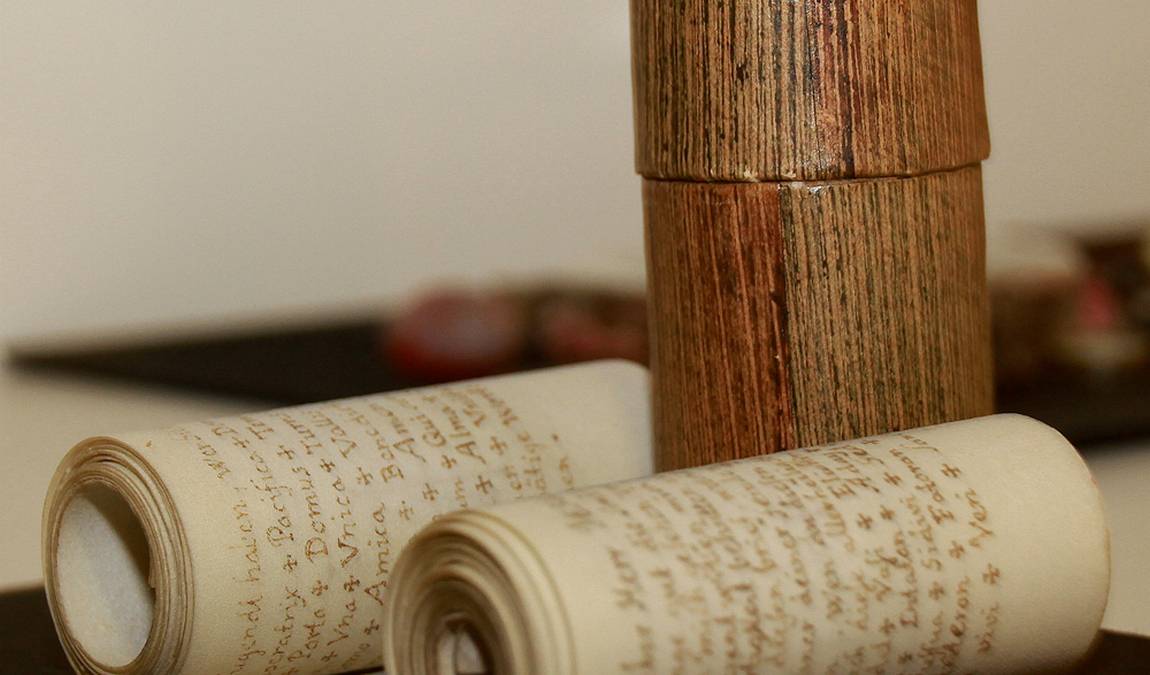 Photo: kriminalmuseum.eu
Photo: kriminalmuseum.eu
Visitors can explore:
- Ancient law codes and court procedures
- Historical criminal records
- Fascinating case studies from medieval times
These documents offer valuable insights into the development of legal systems across Europe.
Witch Hunts and Superstitions
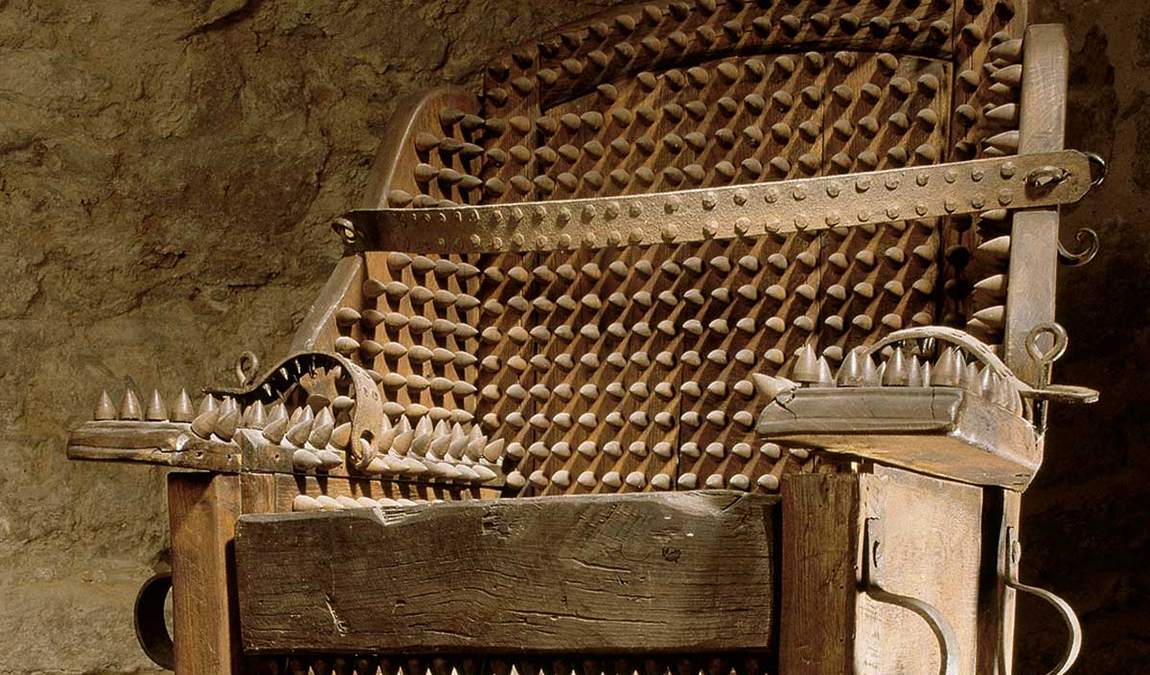 Photo: kriminalmuseum.eu
Photo: kriminalmuseum.eu
The Medieval Crime and Justice Museum Rothenburg tackles the dark era of witch hunts head-on, offering visitors a sobering look at this controversial period in European history. The exhibits chronicle the infamous witchcraft trials, showcasing the legal proceedings and tools used in witch persecution. These displays vividly depict the fear and superstition that gripped society during this time.
A standout feature is the "Luther and the Witches" exhibition, which explores Martin Luther's complex stance on witchcraft. This thought-provoking display adds depth to visitors' understanding of how influential figures grappled with these beliefs. Through its unflinching presentation of this difficult topic, the museum prompts reflection on the dangers of mass hysteria and the importance of critical thinking in challenging times.
Next door is the Rothenburg Town History Museum, which is sure to appeal to all history enthusiasts.
Crime Prevention and Law Enforcement
 Photo: kriminalmuseum.eu
Photo: kriminalmuseum.eu
The museum showcases:
- Medieval policing methods
- Historical wanted posters
- Information on bounty hunting practices
These exhibits highlight how communities sought to maintain order in turbulent times.
Prison Life and Incarceration
 Photo: facebook.com/kriminalmuseum
Photo: facebook.com/kriminalmuseum
The nuseun offers a stark glimpse into medieval incarceration through its recreated dungeons and authentic artifacts. As visitors explore these gloomy spaces, they're transported to a time of harsh confinement. The damp stone walls, rusty chains, and sparse bedding create an oppressive atmosphere that prisoners once endured.
Carefully curated items from historical cells, such as crude utensils and primitive hygiene tools, further illustrate inmates' daily struggles. These displays convey the grim conditions and psychological toll of imprisonment in bygone eras. By contrasting historical practices with modern methods, the exhibit prompts reflection on the evolution of justice and human rights, making for a thought-provoking experience long after the visit.
Special Features
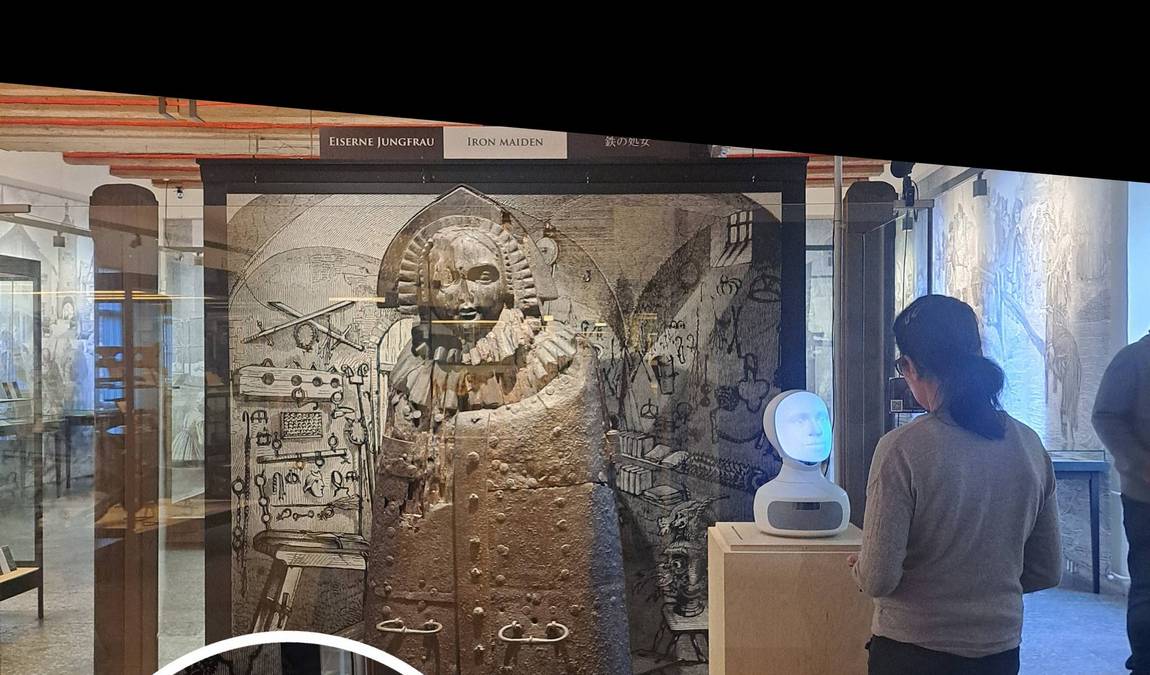 Photo: facebook.com/kriminalmuseum
Photo: facebook.com/kriminalmuseum
The Medieval Crime and Justice Museum Rothenburg goes above and beyond to make history come alive for its visitors. One of the standout features is the availability of multimedia tours in German and English, catering to a wide range of international guests. These audio guides provide in-depth information and fascinating stories about the exhibits, allowing visitors to explore at their own pace.
Adding to the immersive experience are the museum's interactive displays. These hands-on elements breathe life into historical artifacts and concepts, making them tangible and relatable to modern audiences. Visitors can engage with replicas of medieval tools, try on period costumes, or participate in simulated court proceedings, creating memorable experiences long after the visit.
To keep things fresh and exciting, the museum regularly hosts temporary exhibitions.
These special showcases delve deep into specific themes in legal history, offering new perspectives and insights with each visit. From exploring the role of women in medieval justice to examining the evolution of crime-solving techniques, these rotating exhibits provide compelling reasons for return visits.
Combining these engaging features, the Medieval Crime and Justice Museum Rothenburg makes complex historical concepts accessible to visitors of all ages and backgrounds. Whether you're a history buff, a curious tourist, or a family looking for an educational outing, these special features ensure a rich and rewarding museum experience.
Best Time to Visit
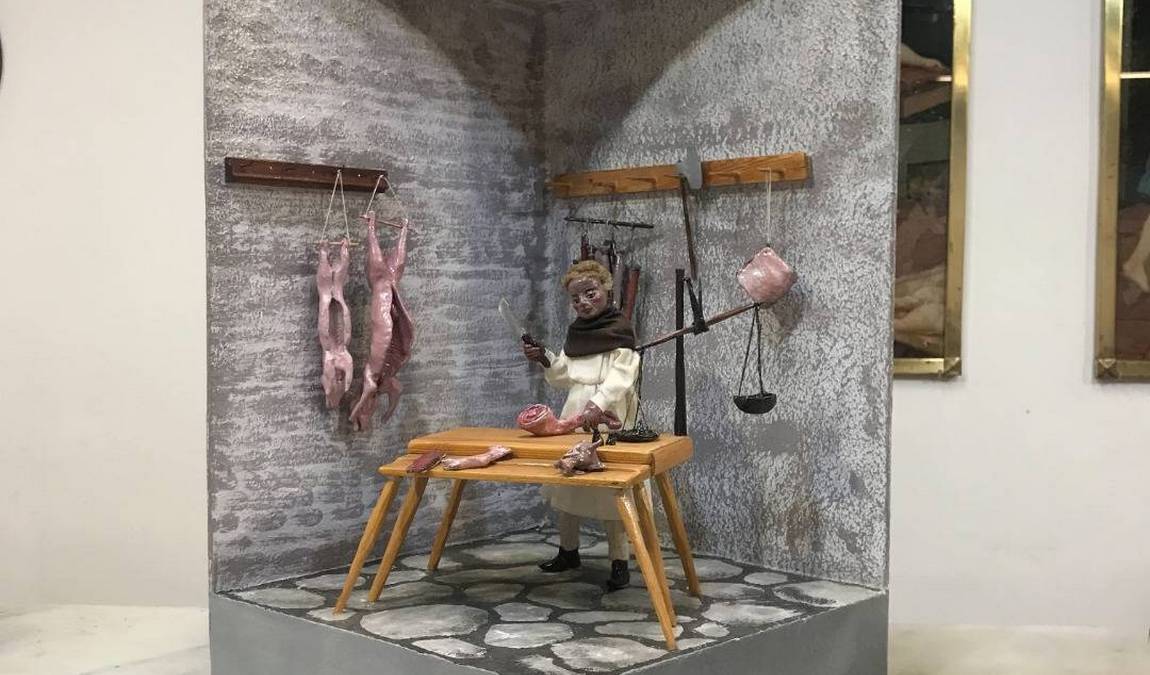 Photo: facebook.com/kriminalmuseum
Photo: facebook.com/kriminalmuseum
The best time to visit the Medieval Crime and Justice Museum with children is during the summer (June to August) when the museum is open from 10 am to 6 pm daily. Weekday mornings tend to be less crowded, offering a more relaxed experience for families. To avoid the busiest times, consider visiting on Tuesday or Thursday afternoons.
Recommended Duration: A typical visit lasts about 2-3 hours, allowing ample time to explore the exhibits without overwhelming younger visitors.
Our Resume
The Medieval Crime and Justice Museum Rothenburg offers a unique educational experience for families interested in history and law. Its extensive collection, interactive displays, and family-friendly features make it an engaging destination for visitors of all ages. While some exhibits may be intense for very young children, the museum provides a valuable opportunity to learn about medieval society and the evolution of European justice systems.


